Europe's Last Wild River
Text: Freya Häberlein and Dan Shutt
Video: Dan Shutt, Isaac Eastgate and Freya Häberlein
Photography: Isaac Eastgate
The Vjosa River flows uninterrupted for 272 kilometers from the mountains of northern Greece, through southern Albania and into the Adriatic Sea. Its shifting meanders are free to trickle or to rage in torrents depending on the season, undammed for the river’s entire course. Wild rivers are extremely rare, particularly in Europe, where the Vjosa is often referred to by scientists and environmental NGOs as the continent’s last.
On January 26, 2022, the Albanian government declared the creation of a “Nature Park” along the entire length of the Vjosa, largely in response to relentless campaigns and petitions from local and international activists, environmentalists, and scientists who have been working to halt the construction of hydropower dams along the river.
Reading some of the local media coverage, you could be forgiven for thinking there was reason to celebrate. The Albanian government, it seemed, had turned its back on damming Europe’s last wild river. But a recent trip following the river downstream from the Greek border to the delta on the Adriatic revealed that the people living along the river have something else to say about the matter and that the threats to the river remain. The government’s nature protection scheme was not how it seemed.
“A nature park is not the same as a national park,” Besjana Guri sighs. “It does not protect the Vjosa River and its tributaries from destruction.”
Guri, a spokesperson and founding member of the environmental NGO EcoAlbania, has been campaigning and lobbying to protect Europe’s last wild river for over a decade. She is part of a growing chorus of people and organizations calling for the government to declare the entirety of this unique riverine system a national park. She’s been joined in this struggle by farflung supporters including actor Leonardo di Caprio and the California clothing brand Patagonia. A national park, according to Guri, is the only thing that would protect the river from its main threat: the construction of hydroelectric power stations.
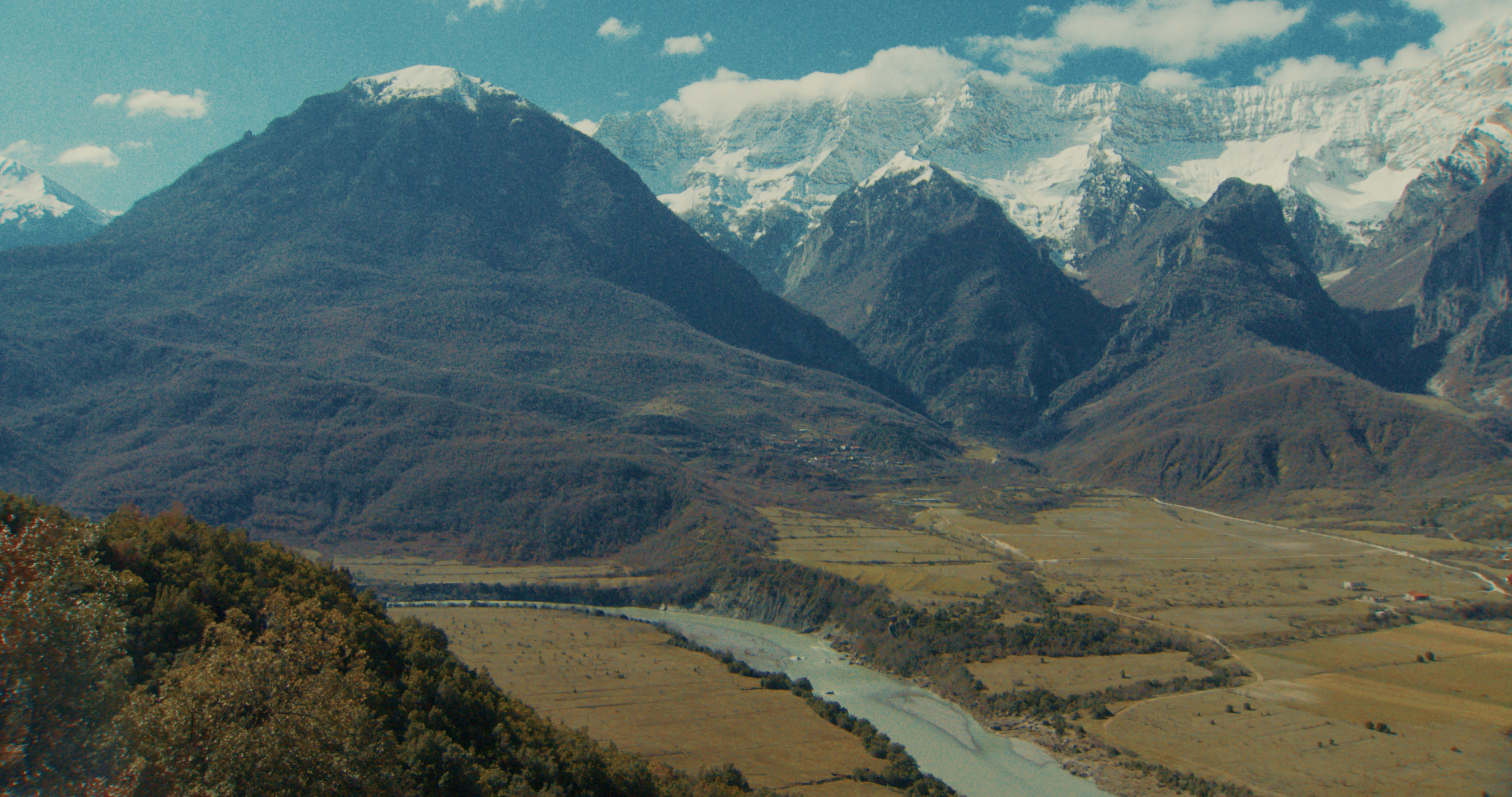
It’s an ambitious project, declaring the Vjosa and its tributaries a national park, one that would be a unique accomplishment in Europe. The creation of a so-called “Wild River National Park” would be particularly difficult because these riverine landscapes are dynamic, constantly shifting environments. The International Union for Conservation of Nature (IUCN), an international NGO that provides standardized guidelines for conservation, has only succeeded at getting a small handful of rivers this level of protection, among them Yellowstone National Park in the United States. Above all, there are not many such river systems left to protect.
The recently announced nature park protection status would not prevent the government from continuing its hydropower plans, particularly along the Vjosa’s tributaries, and, furthermore, could be easily reversed in the future. Activists from EcoAlbania see the announcement as a response from the government to environmentalists’ increasingly successful public campaign to garner support for protecting the river. But rather than providing the called-for protection, the government’s announcement appears structured to make the public think the river is protected.
For years EcoAlbania has been gathering scientists from all over Europe to study the river system. The results show that the river’s value isn’t just in its natural beauty; it also hosts extraordinarily biodiverse ecosystems that can’t be found anywhere else on the continent. Although much of the valley still remains to be researched — the organization Scientists for Balkan Rivers described it in 2021 as “one of the least explored rivers in Europe” — recent studies suggest the Vjosa and its tributaries host at least 1,100 species, including 13 globally threatened animal species and two globally threatened plant species.
Yet much of the river system is not covered by the new protection status; there are currently plans for 13 dams on the Vjosa’s tributaries, eight on the Bënça and five on the Shushica.

Carving its Way through the Mountains
A stone’s throw from the Albanian-Greek border is the village of Petran. Over millennia, the river here has carved a dramatic gorge between the high peaks of the Nemerçka mountains and the Fir of Hotova National Park. This is the upper section of the Vjosa, picturesque, deep-flowing, and attractive for eco-tourism. Many here have already begun to invest in offering tours for rafting, hiking, horse-riding and climbing. There is also a growing demand for guest houses and restaurants to shelter and feed the increasing number of visitors who come specifically to see the wild river.
Yet a recurring theme along the Vjosa valley is emigration — the youth have left and there are limited prospects or development. Those who oppose dam-building along the river argue that local communities would benefit from the value added from national park status, which would facilitate more development in the region and encourage international investment.
Artan Thanas is one of the people investing in the future of the area. When we met him in the village of Petran, he was taking a break from renovating the guest rooms below Alvi, his bar and restaurant. Pointing to the grapes growing on the other side of the road, from which he makes the wine he serves, he told us that he uses local and seasonal ingredients at his restaurant.
Thanas sat outside on his south-facing balcony, and though it was the middle of February, the sun warmed us. The Vjosa was running by below and the snowy peaks of the Nemërçka mountains loomed large above us across the riverbank.
Thanas supports the protection of nature, and not just because he benefits from the increasing eco-tourism in the region. “I’m an environmentalist,” he said proudly. He talked with eagerness about how an intact wild river system is important for fishing and various species’ natural migration paths.
But like many people we spoke to along the upper section of the river, Artan thinks there has been a rupture in the relationship between nature and man in Albania over the last few decades. He describes how, after the communist regime fell, people started fishing with dynamite. “We used to use handmade rods, but this was fishing by explosion,” he said. “The catch declined. It used to be immeasurable.”
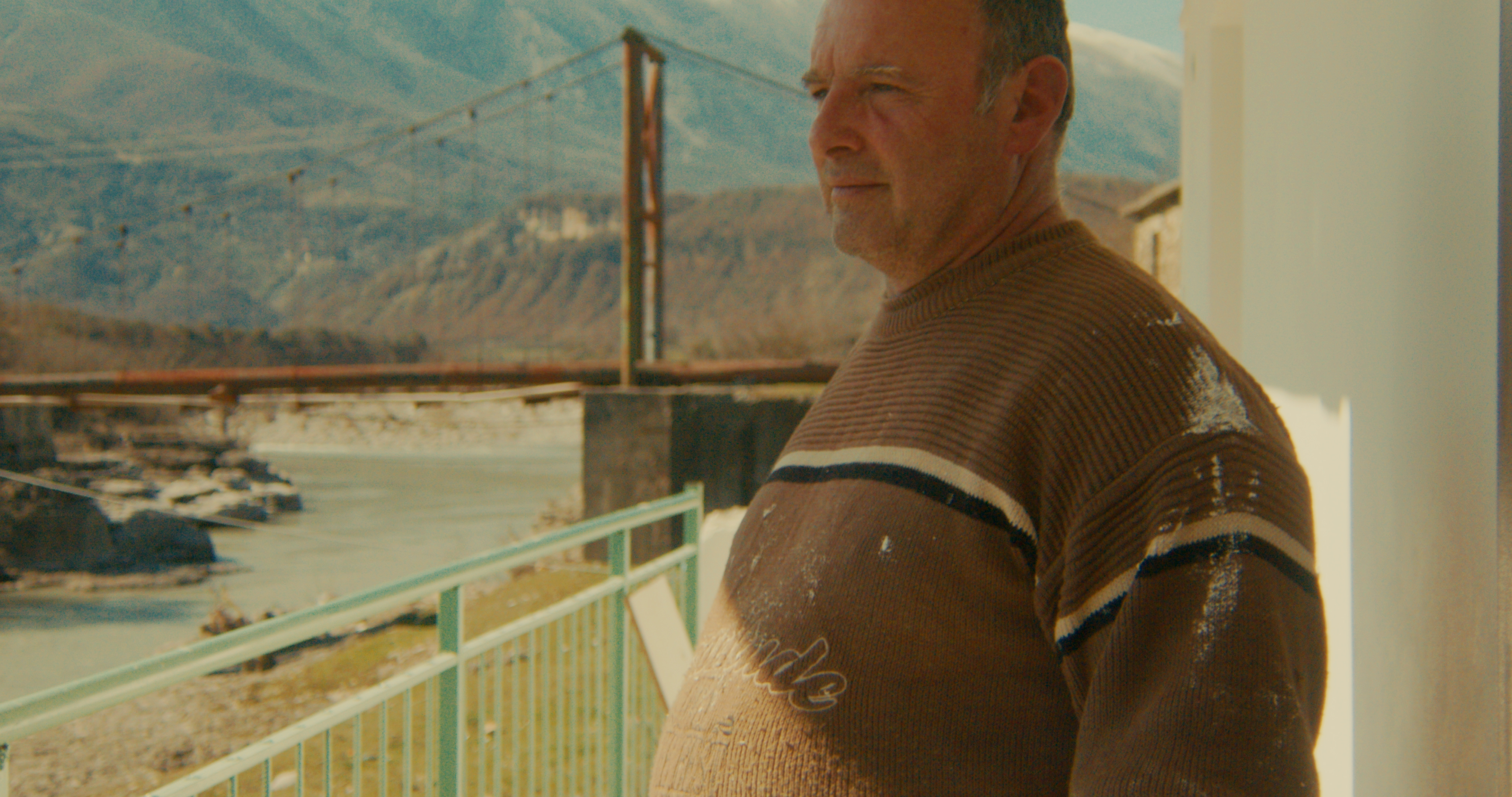
Though Thanas does not consider himself an expert on environmental issues, he has an intimate knowledge of many of the species that thrive around his restaurant. He talked with particular concern about the European eel (Anguilla anguilla), an endangered species of whose few remaining habitats the Vjosa is the most significant. “Who can give me a guarantee that the eel will be able to get through the dams?” he asked.
In recent years, scientists from Austria, Albania, France, North Macedonia and Germany have investigated the river basin to identify and count species like the European eel. They have found not just rich biodiversity and the existence of a number of endangered species, but even discovered species previously unknown to science.
A major collaborative report from April 2021 led by the University of Natural Resources and Life Sciences in Vienna, “The Baseline Survey on Biodiversity, Potential Impacts, and Legal Framework for Hydropower Development,” argues that hydropower projects would “significantly degrade the high ecological value of the river” and “contradict the concept of sustainable development.” It further notes that “violations of international and national law can clearly be identified” within the government’s previous plans.
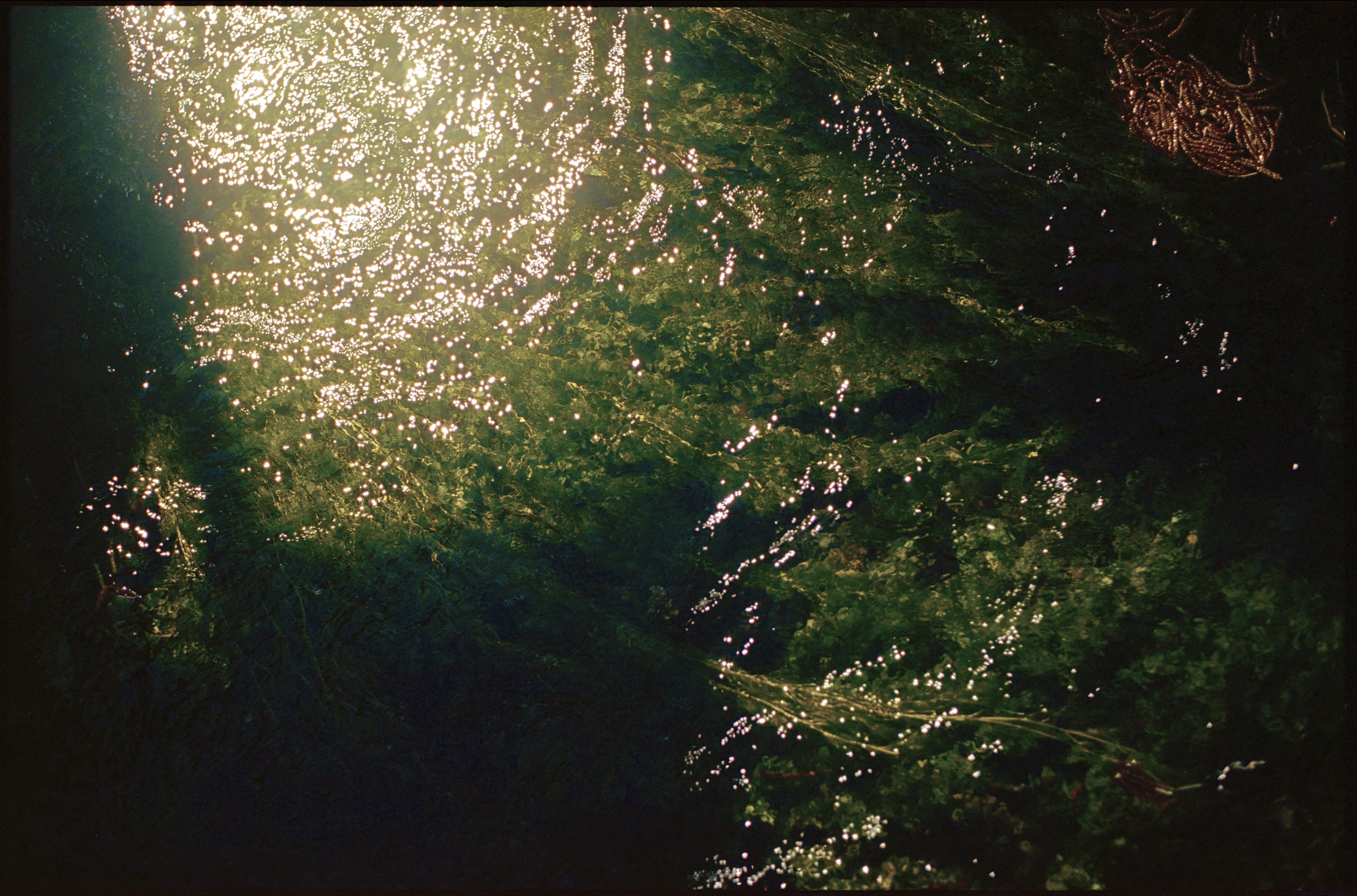
Downstream, the dams would cause total destruction of local environments, disrupting water discharge and sediment flows that are necessary for many of the Vjosa’s flora and fauna. The Baseline Survey estimates that hydropower dams would lead to a species decrease of 40% due to the way “they disrupt inherent processes, like energy flow, nutrient cycling, sediment balancing, and connectivity, and reduce hydrological dynamics.”
Thanas’s home village of Petran is upstream of any potential dam and would thus avoid the water shortages that villages and agricultural establishments would face downstream. Because of its high elevation, it would also avoid flooding.
But a dam would nonetheless be devastating, not only for a tourism sector that relies on the Vjosa’s relatively pristine state, but also for the river’s many migratory species whose breeding grounds would be destroyed or become inaccessible. Dams can disrupt everything, upstream and downstream. A single dam, Guri said, and it’s all over.
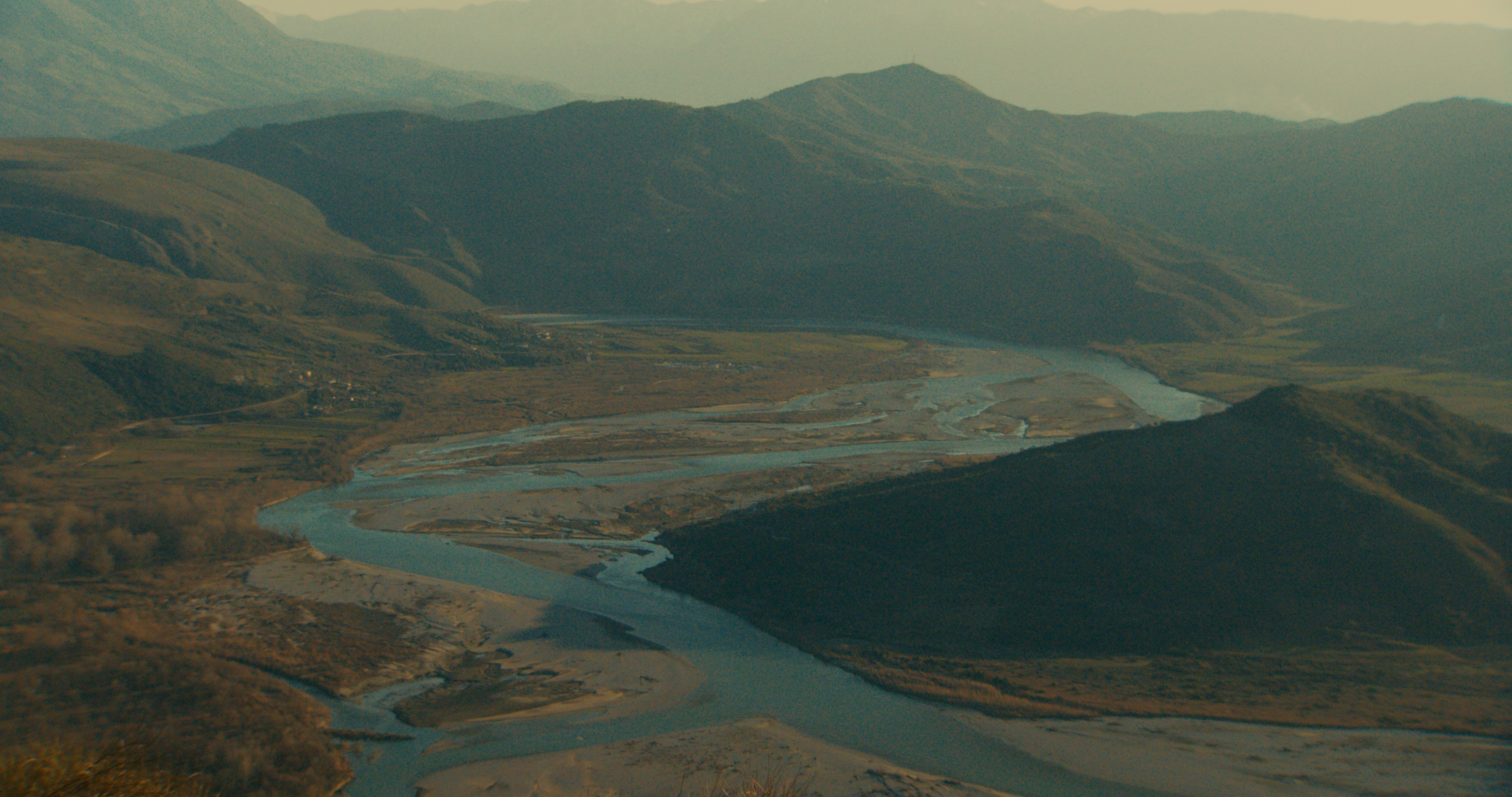
The Romantic Allure of a Wild River
A short distance down the Vjosa from Petran, where Thanas’s restaurant perches above the river, is the city of Përmet, famous throughout Albania for its agricultural abundance and its wine and raki. Përmet is a romantic city, known as the “City of Flowers,” particularly roses, which grow along the city’s riverbanks.
The Vjosa’s central role in the cultural identity of southern Albanians is particularly noticeable here. A number of significant Albanian poets and artists, such as brothers Sami and Naim Frashëri and the sculptor Odhise Paskali, came from Përmet or nearby and the profound connection between the people and the epic landscape that is defined by the Vjosa is the focus of many Albanian poems and folk songs.
In the city’s riverfront park — among huge, smooth, white boulders, sculpted by the turquoise water over many years — we met Kliti Nurka, grandson of Laver Bariu, the world-famous musician from Përmet. Bariu was an innovator of the city’s drone-based saze musical style and a master of kaba — weeping on a clarinet. Active in the city throughout his long life, Bariu took Përmet’s signature style of rich instrumental music to the wider Albanian nation during the dictatorship and enjoyed international success after the arrival of democracy.
Nurka told us with the enthusiasm of a proud Përmetar about how the Vjosa and its surrounding nature was a source of inspiration for his grandfather. Bariu used to sit by the water and imitate birdsong and the texture of rushing water on his clarinet while fishing with his homemade rod and hook. The people of Përmet, Nurka explained, boast of the uniqueness of their songs compared to the songs of other parts of Labëria, Albania’s rugged southwestern region. While the songs of Labëria are often of war, death and honor, the songs of Përmet are about nature, love and beauty.
As Nurka was showing us a video on his phone of his grandfather, he said that the Vjosa, in its wild free-flowing state, is a source of inspiration for those who live along its banks. “It’s impossible for me to imagine starting my day without taking a look at the river,” he said. “And I believe it’s the same for the other people who live here.”
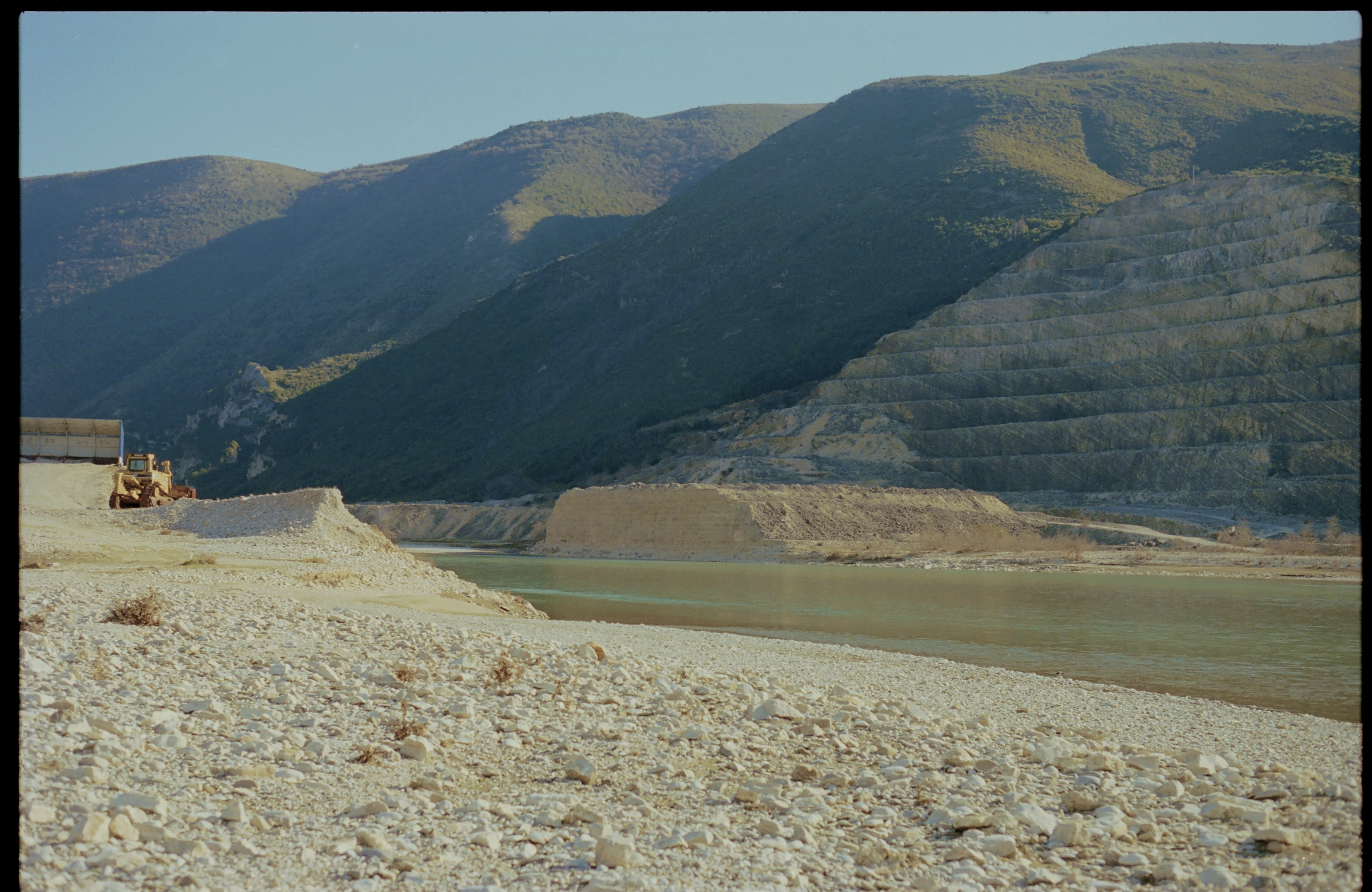
Dammed and Condemned
Continuing downstream we entered the middle section of the river, where shifting gravel flats give way to a number of tight canyons and bottlenecks well suited to dam construction. This is where builders have cast their eyes and where the stalled construction of the Kalivaç hydropower station can still be seen. Scarred mountain sides are now the backdrop to a half-built turbine surrounded by construction equipment that has been left on-site.
As elsewhere along the Vjosa, and throughout much of Albania, the people talk about emigration. The youth have all gone. Few people remain. In the Vjosa’s upper section, people benefit from the river being undammed, as the increasing investment in the tourism sector shows. But love of nature isn’t independent of financial considerations and the people in the middle section are self-admittedly poor, with salaries below the national average.
Talking to us in the village of Kalivaç, from which a lonely road leads to the abandoned dam, a villager who asked to not be named explains that many people in his community are suffering from serious poverty and are primarily interested in finding work. If a dam meant more jobs for the villagers, their thoughts about nature conservation would be more complex. Nevertheless, it was locals from Kalivaç who resisted the dam project, certain that its construction would not improve their economic situation.
Contrary to the rosy environmental and social impact assessments submitted by the construction companies — which a group of scientists called a “farce” — locals, supported by NGOs and scientists, have argued that if the dams at Kalivaç or nearby Poçem had been completed, much of the surroundings would have been left without fresh water, other parts would have been submerged and people would have been displaced. Their remaining resources — their productive fields and orchards — would have been lost, and their potential for agricultural self-sufficiency would be gone.
According to an analysis by Dr. Klodian Muço about the socio-economic impact of the dam, the energy company’s construction plans show that there would be “a significant impact on road infrastructure […] on the national road Tepelenë-Levan which will be flooded […] for a length of 2.8 km.” The negative effects of dams would therefore require huge investments to fix.
With the support of EcoAlbania and experts in environmental law, the villagers won their case. In May 2017, after over two decades of delays and controversy, the Albanian government canceled its contract with the Italian company Kalivaçi Green Energy.
The case of the planned dam at Poçem, just a few kilometers down the river from Kalivaç, is similar. EcoAlbania helped 30 Poçem residents oppose the dam and in 2016 they succeeded in court and the plans were canceled. Whereas in Kalivaç the legal case is completed and considered a success by Besjana Guri, appeals are ongoing in the Poçem case and it is unclear what will happen. Because the announcement of the Vjosa River Nature Park does not prevent dam construction along the river, EcoAlbania and the residents of Poçem remain concerned.
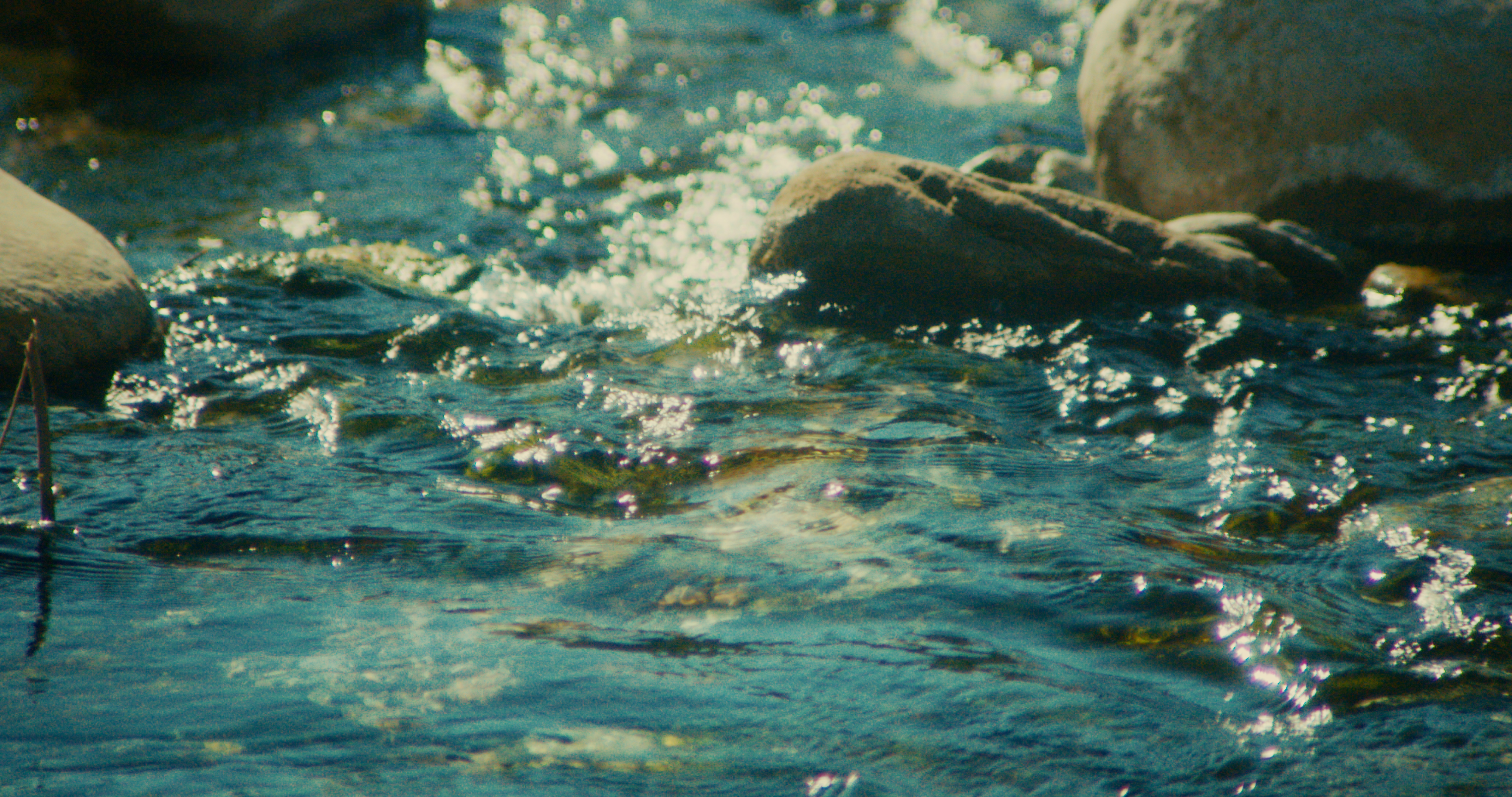
That the Kalivaç dam project was being undertaken by an Italian company is both significant and emblematic. In recent years Italy and other EU countries have been making large investments in hydroelectric facilities in Albania and across the Balkans. Though hydropower is considered green energy due to its carbon neutrality, it is increasingly being opposed by environmentalists, who particularly oppose the types of mini hydroelectric projects that are being built across the Balkans, which, despite causing massive ecological destruction, produce relatively little energy.
In a 2018 report, the environmental watchdog organization Bankwatch showed that the current hydropower boom in the Balkans, many of whose projects are planned in protected areas, has been funded to a large extent by European development banks. The report argues that “more needs to be done to take account of the poor environmental governance standards in many of their countries of operation.”
With eight dams planned for the Bënça and five on the Shushica, the Vjosa’s main tributaries are at greater risk than the main river channel. In response to this threat, Scientists for Balkan Rivers announced in June 2021 that the Shushica alone provides a habitat for at least “three aquatic insect and mollusc species […] that are new to science, several species new to Albania and several species listed on the Red List of endangered species.” Dam construction would have adverse effects on these and other species.
A report from the organization argues that the tributary has not been the subject of sufficient environmental research and that the Environmental and Social Impact Assessment (a report that is legally required to be compiled prior to any large building project in order to identify any potentially negative environmental impacts) that a dam developer submitted for one of the proposed projects was not properly conducted. Bankwatch reported that they foresee “potential violations of international and national law by the blockage of migration routes due to the construction of hydropower dams.”
The inhabitants of the villages along this 80-kilometer-long tributary of the Vjosa are just as eager to prevent the construction of hydropower plants as are the villagers of Kalivaç and Poçem. Many locals are currently organizing to protect the Shushica from dam building.
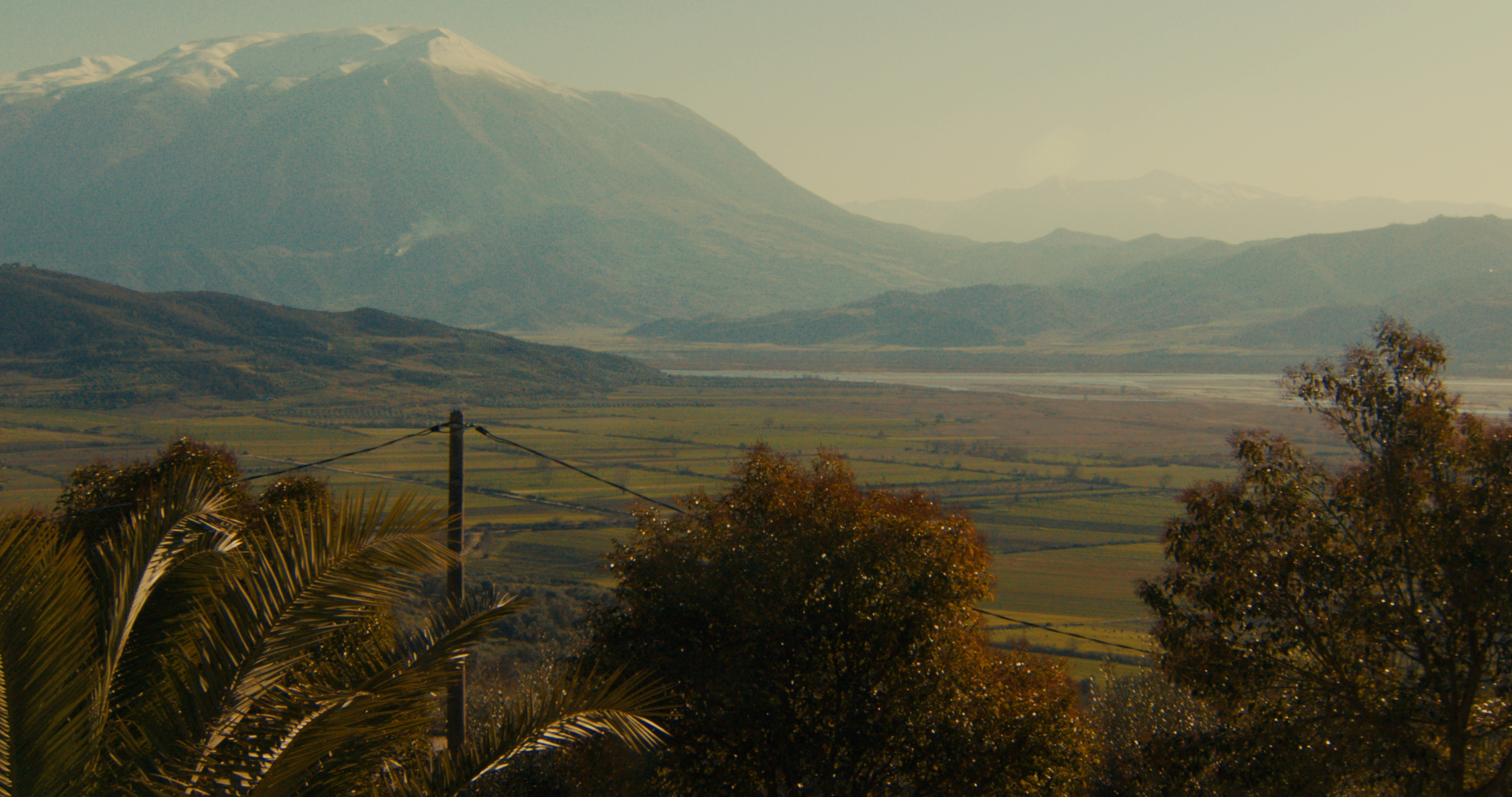
Sunny Southern Albania
The small village of Kutë is mid-way between Kalivaç and Poçem. There we met Rajmonda Merkaj, whose house sits at the edge of the quiet center of town. Most of the young people have left the village. This includes Merkaj’s children, three of whom are in Greece, the other in England.
The school in Kutë once had over 350 students. Now there are only 50. The white school building, surrounded by palm trees and rose bushes, stands at the highest point in the village. Older kids might be tall enough to peer out from the school’s courtyard over the stone wall and see the wide Vjosa valley and the fields of the village laid out in the panorama below them.
Kutë has become a place where an alternate vision of Albania’s energy future is being imagined. In 2020, EcoAlbania began a campaign to get solar panels installed in the village, which had been actively involved in the campaign against the Poçem dam because its fertile farmlands upstream from the proposed site would have been flooded.
With the solar panels, according to EcoAlbania, the village could prove that a steady energy supply is possible without additional hydropower. Furthermore, with new laws, villages with solar panels could profit by selling their excess energy. However, the legal infrastructure to redistribute such excess energy has not yet been implemented in Albania. The panels were installed at the beginning of 2022, along with the village’s first ever street lighting.
Ninety-nine percent of Albania’s energy output is generated by hydropower. Though Albania sells its excess energy to neighboring countries when the rivers are high, it is a net importer of energy. When the rivers are low, electricity must be imported, often at high prices.
Albania has plans for new high-voltage power lines to increase its capacity for energy exports to neighboring countries including Kosovo, North Macedonia, and Italy. As a result, it aims to produce more energy and seems to be sticking with what it knows: hydropower dams.
Further reliance on hydropower is not an ideal way to improve the country’s energy infrastructure. Opponents of more dam building are particularly interested in solar power, since southern Albania gets 300 days of sun a year. In contrast, in times of climate crisis, hydropower is looking like less of a reliable bet, as a severe drought in the Balkans in 2017 demonstrated.
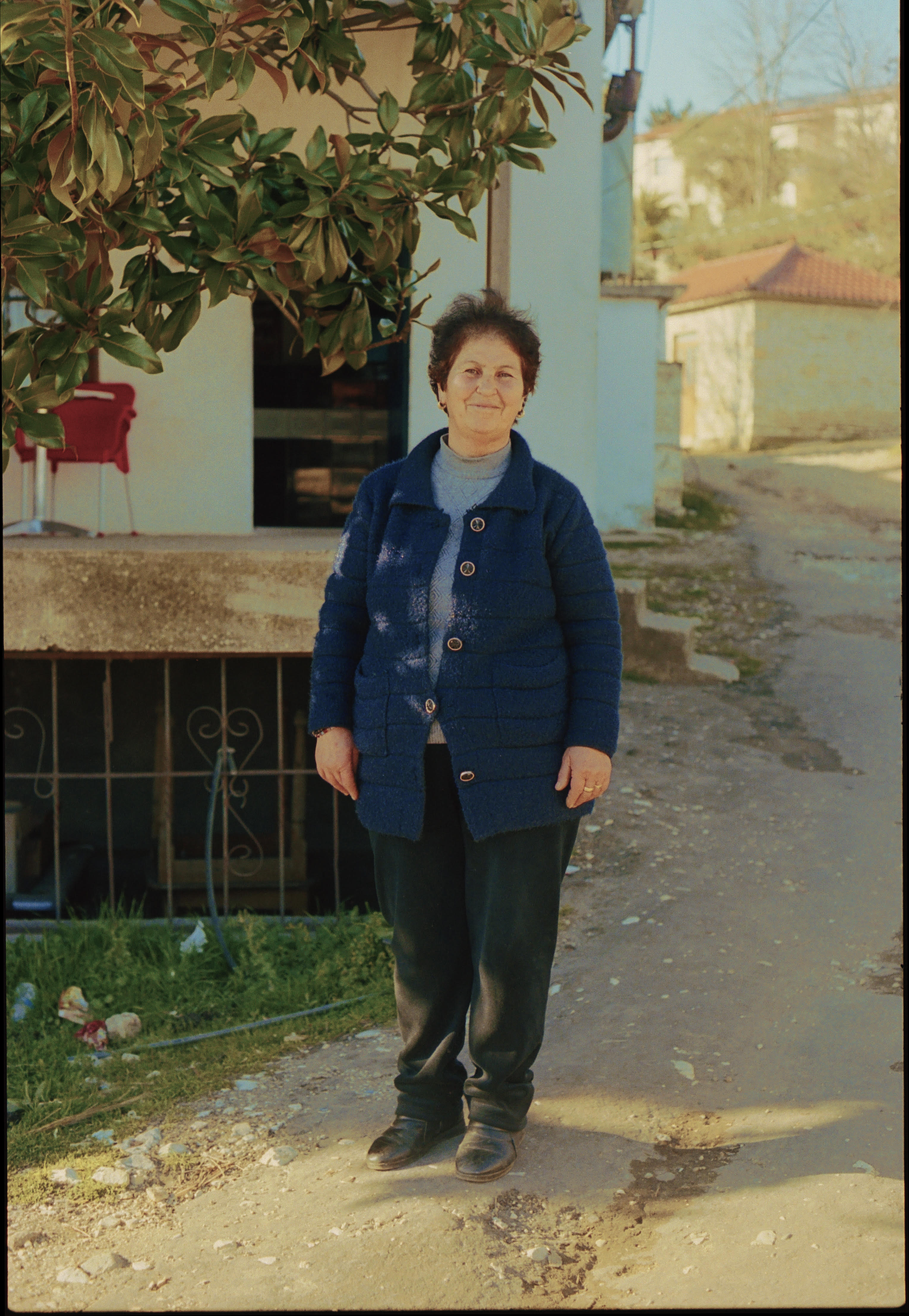
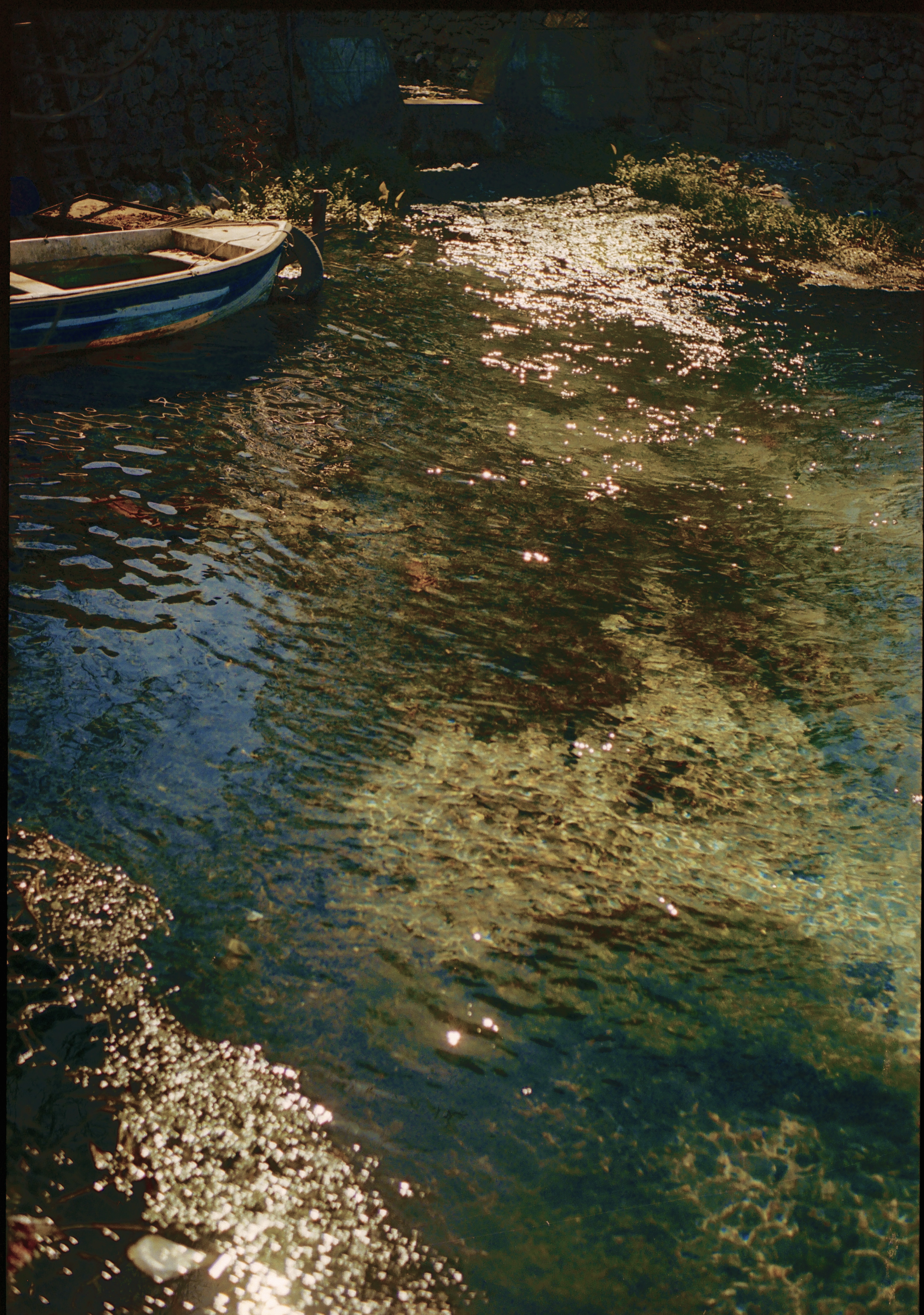
Although the Kalivaç and Poçem dams would produce electricity, having their own land to farm on is more important to the people of Kutë, Rajmonda Merkaj said. The local villagers have worked the fields in the valley for generations and refuse to be displaced.
Though some politicians and investors claim that hydropower can generate jobs, there’s room for skepticism as to whether they would create more jobs than other sectors could. The tourism sector in this region is currently growing at a rate of 15% a year. Merkaj agrees with the government that hydropower is an important source of energy for the local community, but she thinks a national park would benefit the village more. Villagers could benefit from guesthouses and increased tourism and enjoy better economic prospects without spoiling the beautiful surroundings.
Not only that, the establishment of a national park for the Vjosa River would provide opportunities along the entire 270-kilometer-long course, and the earnings would go largely to local communities directly, instead of to international energy companies.
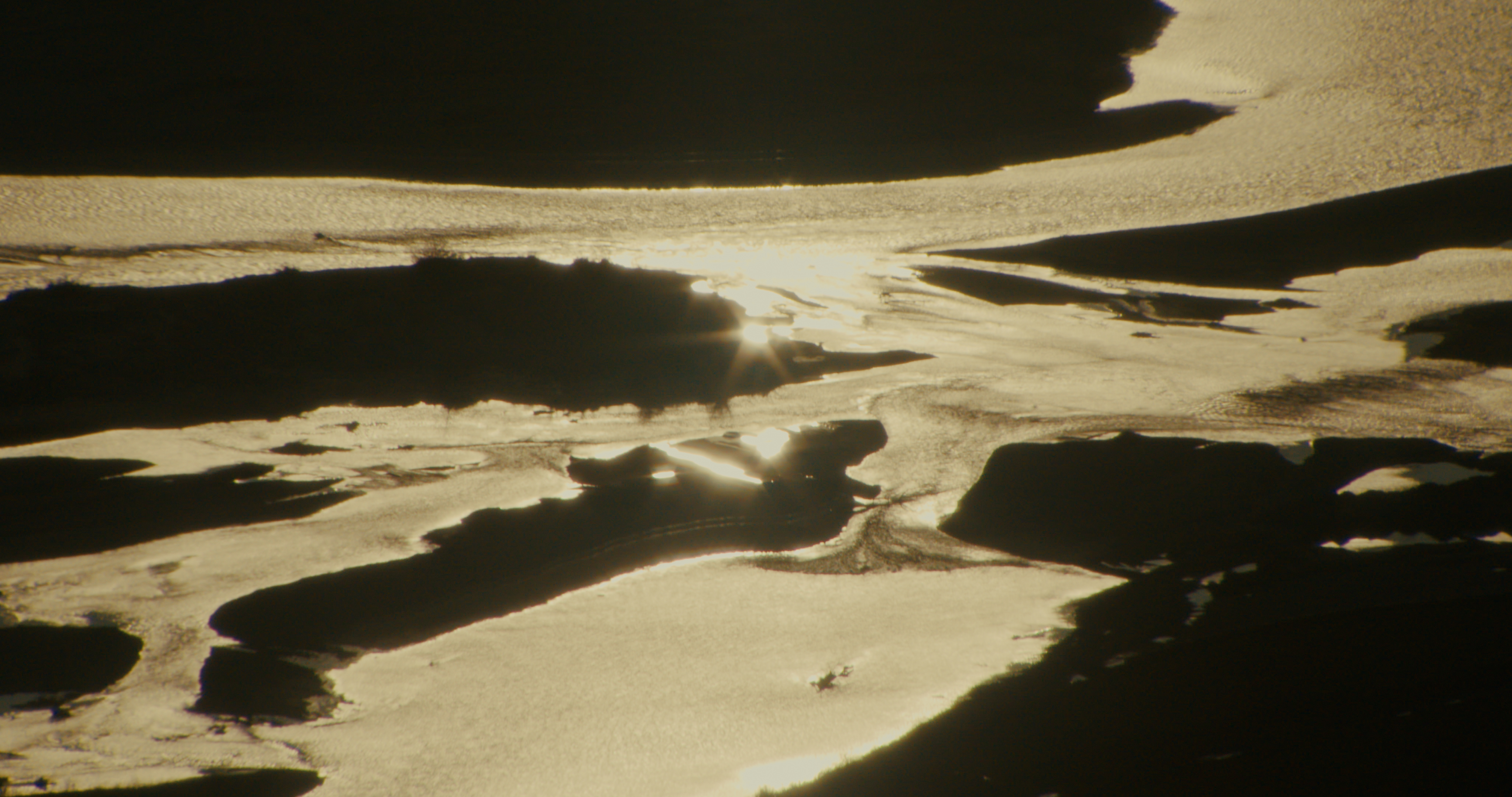
At Sea: The Future of the River
Following the course of Vjosa, it becomes clear the threat of dams is not the only threat the river faces. Along the shores, stuck between rocks and hanging from tree branches, sometimes at surprising heights, are shreds of colorful plastic trash. The wellbeing of the environment in Albania requires broad political changes, not limited to improvements to energy distribution infrastructure and the waste management system.
As one reaches the Vjosa delta and watches the water rush out to sea, another problem becomes clear: the plans for the construction of the Vlorë International Airport. The government’s January 2022 review of protected areas that established the nature park also affected things here. It redrew the boundaries of the Vjosë-Nartë Protected Area, one of the largest and most ecologically diverse lagoons in Albania, so that the airport’s ground plans, which have it sitting in the middle of the Narta Lagoon, would no longer infringe on the protected environmental area.
Here too construction issues affect both nature and humans. In the words of Olsi Nika, executive director of EcoAlbania, one problem with the airport is that “before the flamingoes all leave due to noise and other pollution, the first planes might find they have a problem flying through flocks of large birds.”
The future of the Vjosa is embedded in a broader context of political decision-making. Without rock solid guarantees for the protection of Europe’s last wild river, the government, or future governments, can always redraw boundaries, renege on promises and pursue short-sighted goals with the country’s natural bounty.
Back in Petran, near the Greek border, we asked Artan Thanas what his wishes are for the future of the river. “Nothing,” he said. To him, the Vjosa is already perfect, and the best intervention would be to leave it as it is.

![]()
![]()
This article has been produced with the financial support of the “Balkan Trust for Democracy,” a project of the German Marshall Fund of the United States and the Norwegian Ministry of Foreign Affairs. Opinions expressed in this article do not necessarily represent those of the Norwegian Ministry of Foreign Affairs, the Balkan Trust for Democracy, the German Marshall Fund of the United States, or its partners.
Why do I see this disclaimer?
